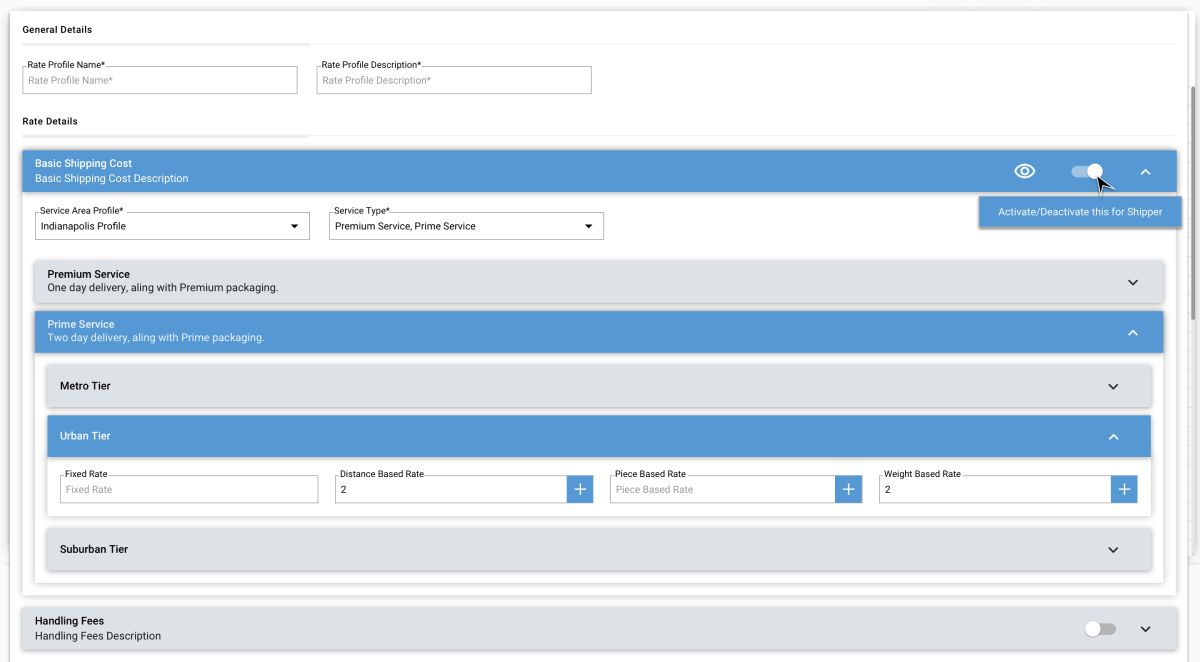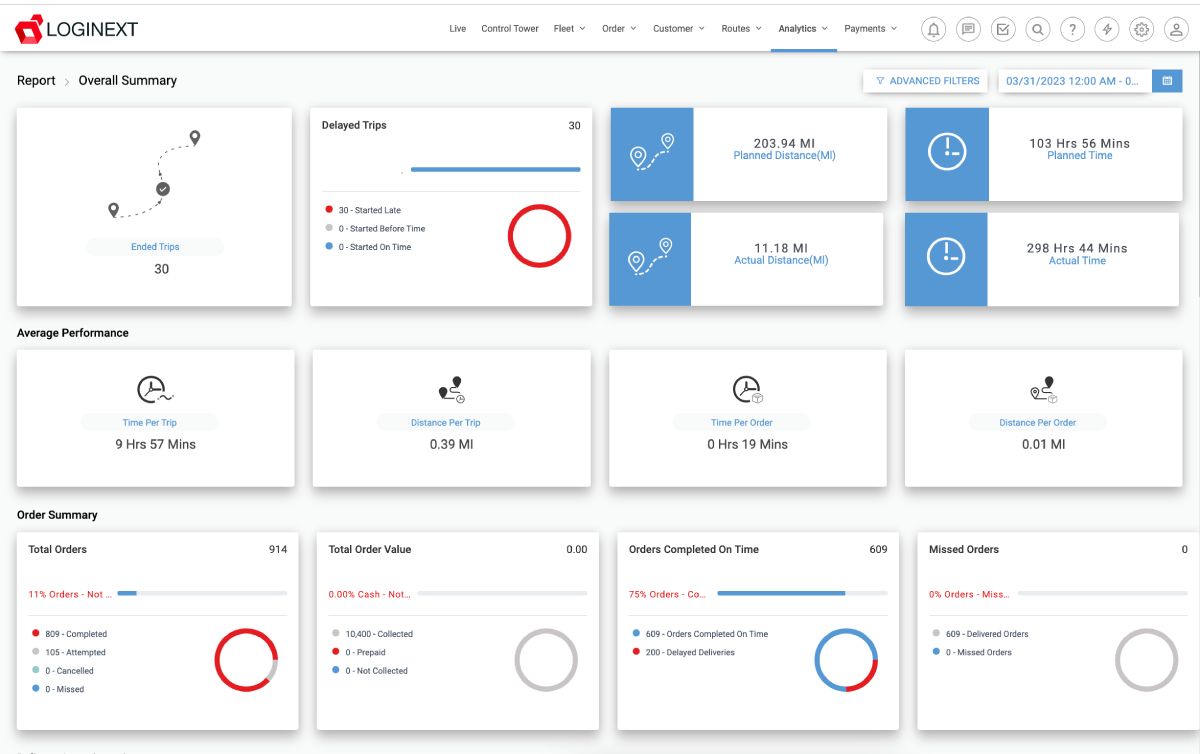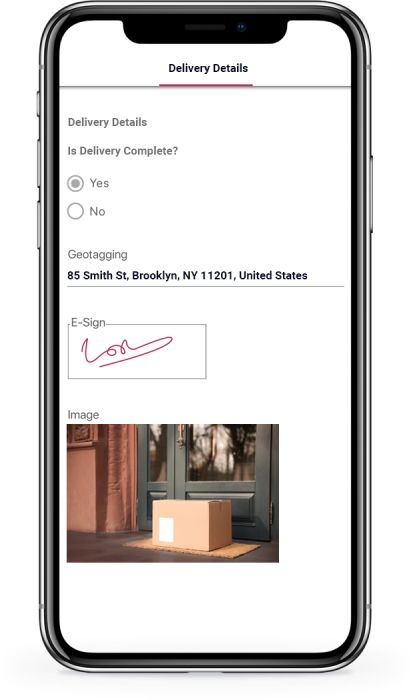
5 Scenarios That Prove You Need A Transportation Management System
The use of Transportation Management Systems (TMS) has emerged as the leading tool for enterprises to enhance their supply chain operations. The system encompasses features such as route optimization, fleet tracking, load planning, and performance analytics. With these, the operations team can streamline their operations, enhance visibility and make data-driven decisions.
LogiNext’s TMS users found 5-15% savings in operational costs within the first year.
To stay ahead in today’s competitive market, enterprises should focus on getting the best transportation management software solution. This would enable them to optimize resources, drive efficiency, and deliver superior customer experience.
Today, we cover the story of Jacob, who was the Head of Operations of a leading transportation and logistics firm. He was appointed to keep a check on the soaring cost and find ways to enhance operations. In his quest to find the right solution to meet the demands of inefficient routing, poor visibility, documentation, and cost reduction, he discovered the power of using a Transportation Management System.
How is Transportation Management System Creating A Positive Impact On Daily Operations?
Let us dive deep to understand the 5 major scenarios where the daily hustle for enterprises becomes smoother with the Transportation Management System.
Scenario 1: The logistics sector is facing a high cost of transportation.
Solution: We recommend the use of Rate Profiles and Carrier Integration.

With a transportation management system, enterprises can analyze carrier rates and transit time to find the most affordable option. This will help compare rates offered by different carriers, negotiate rates and identify the right solution to reduce transportation costs. Also, the system can help integrate with multiple carriers to enhance delivery efficiency, especially during peak hours.
The use of LogiNext’s TMS helped teams spend 70-85% less time managing and assigning loads.
Scenario 2: Inefficient routing of orders.
Solution: We present you with advanced Route Optimization.

Modern transportation management systems help optimize delivery routes based on traffic, weather conditions, and delivery time windows. This helps the business easily plan for multi-stop routing, spread across different locations. The transportation management software will calculate the most efficient routes, reducing fuel consumption and improving delivery efficiency.
Scenario 3: No visibility on fleet operations.
Solution: We offer Real-time Visibility and Tracking using Driver App and Sensor Integrations.
![]()
Enterprises have turned to the best transportation management systems to track shipments in real time. The software can offer real-time information about vehicle location, driver status, and ETAs for delivery. With improved visibility, enterprises can inform customers about delays and communicate exact information, with minimum disruptions to the supply chain.
Also Read: Benefits of Implementing TMS in logistics operations
Scenario 4: Improper demand forecasting.
Solution: We suggest the use of Performance Analytics from Custom Reporting.

The use of AI and ML in transportation management systems helps enterprises to analyze historical data and understand current consumer demands and market trends. With these data points, enterprises can improve demand forecasting, optimize transportation planning and avoid stock-out. This not only helps enhance customer experience when shopping, but also avoids any wastage of goods due to overstocking.
Scenario 5: Manual documentation of orders.
Solution: We propose the use of electronic Proof of Delivery.

The best transportation management system allows enterprises to automate their shipping documents. Right from the generation of Air Way Bills, custom forms, and acquiring proof of delivery. Automating the documentation of orders will ensure seamless data tracking, remove manual errors, and ensure compliance with regulatory requirements. Enterprises can benefit big time, helping them streamline processes and improve operational efficiency.
Digitization in the logistics industry would unlock a $1.5 trillion opportunity by 2025. Source: Webinar Care
Today, after implementing the Transportation Management System, Jacob’s company witnessed a remarkable turnaround. The operational cost was significantly reduced while the performance levels reached record heights. Since then, Jacob has become an advocate of encouraging enterprises to use a Transportation Management System.
Struggling to Find Your Ideal TMS?
To help enterprises meet the dynamic and complex requirements of today’s market, a transportation management system would play a crucial role. The use of advanced route optimization, real-time tracking, and automated documentation helps businesses ensure maximize visibility and make informed decisions. Integrating the transportation management system with the warehouse management system, order management system, payments, and enterprise resource planning will help streamline operations and enhance overall efficiency.
Enterprises can now ensure better cost savings, performance improvement, and operational excellence using transportation management systems. Is your enterprise looking for reliable transportation management software to meet business requirements? Our experts at LogiNext have helped numerous enterprises find the perfect TMS for their business. And we are committed to doing so for their future customers as well. Maybe, we can get in touch and discuss what’s best for you. Click on the red button below.
170







@LogiNext